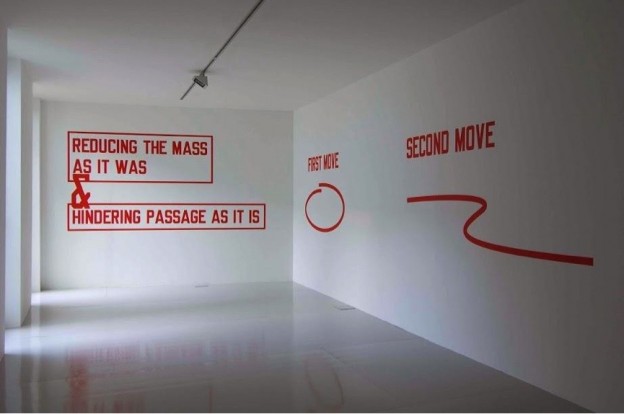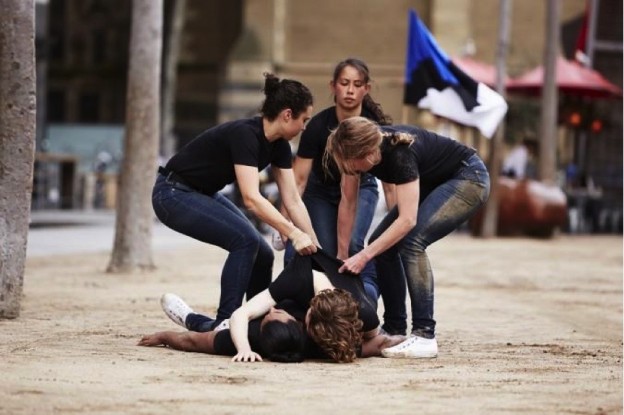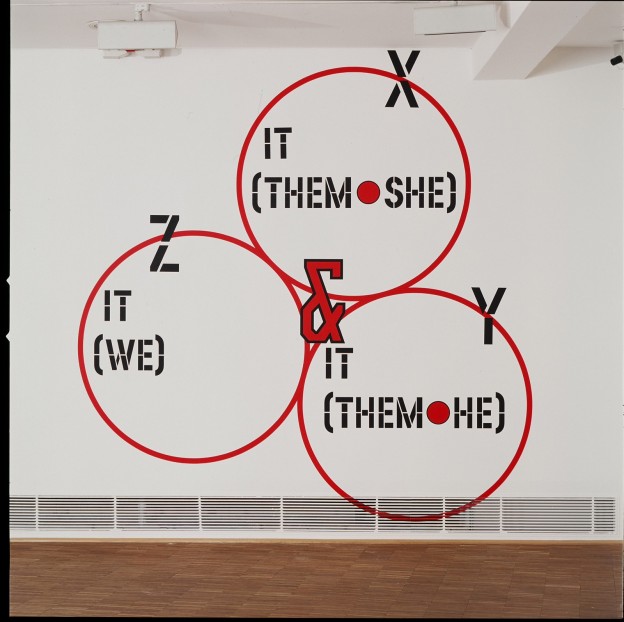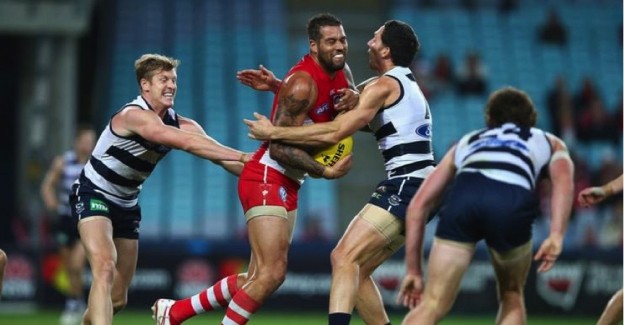Performing relative states
“As for going along and watching people perform … There’s nobody in my experience … EVER … (who) you’d have gone to a game and could identify more rapidly than you could Buddy on the field …” 1
The Wheeler Centre held Relative States, a series of interviews between creative couples, such as father-daughter duo, sports journalists Tim and Sam Lane. The basis of producer Amita Kirpalani’s design was to explore the intersection between the creative, professional and personal lives of these couples. Father Tim Lane and daughter Sam Lane spoke to football and care. When Tim was asked to discuss notable footballers, he spoke of Buddy Franklin and Sam Lane’s head nodded in agreement. He spoke of the physically identifying presence and swagger of a player. On a large green field I doubt I could identify Buddy’s face, but to recognize his body, movement and other player responses from such an abstract distance really struck a chord about the potential utility of every body in performance. Tim Lane’s comment appears to broach what it means to identify the micro qualities of an individual’s impact and unique movement, through the macro perspective of a field or the game.

Sometimes it feels like all you may own is your movement. You may not own your body, but you often own the autonomy to cultivate how you move for best expression. When a performance artist uses their body, often they employ the rhetoric of governmentality. Does the body change when others participate? The performance I attended, as part of ACCA in the City, Public Movement’s Training Ground, consisted of combat training through a monument walk and a final dualist performance-game-combat on a diagrammatic field in the city square. Here audience participants were invited to step into the constructed field and asked a series of polarizing in-or-out questions. Depending on what choice was made from the selection of questions, you were cordoned off and rounded into your marginalized group.

We know there is nothing like an injury to remind us of the material consequences of a game, combat or marginalization, but how are these principles or beliefs impacted when the audience become participants or performers in public? Do the audience’s bodies become symbolic? Are they camouflaged by the artist’s politic? Is the artist’s methodology all-enveloping as a skin for the audience to try on? How much movement can skin generate and is it resilient enough to hold the participants’ ghosts? Is there any autonomy for the body of the participatory audience?

Like the relationships between father and daughter, it is very easy for ghosts to slip in and haunt these conversations.
Sam and Tim Lane, Relative States, The Wheeler Centre, Melbourne, 15 September 2015.
Public Movement: Training Ground, ACCA in the City, Melbourne, 21– 27 September 2015.
1. Tim Lane, ‘Relative States’, The Wheeler Centre, 15 September 2015.
